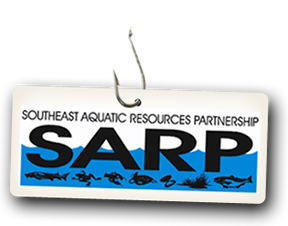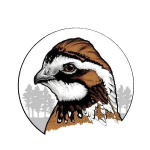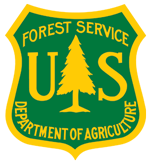Lee County Middle School Hosts Northern Bobwhite Day
In the heart of southwest Georgia, where the Bobwhite quail is deeply interwoven in local culture, economy and ecosystem, a unique school program has taken root. Lee County Middle School West, located in Leesburg, Georgia, created “Northern Bobwhite Day” and curriculum in honor of the State’s official game bird — taking a hands-on approach to conservation education.
For the past five years, a cohort of seventh graders known as “Team Force” has been following a curriculum created by teachers Lacey Ragin, Sara Harper and Brandon Brock that integrates Bobwhite education across multiple subjects.
In 2019, Team Force invited the Georgia Department of Natural Resources (DNR) to speak about the bobwhite’s ecological and economic significance. Inspired, students proposed a dedicated day for the bird. On December 10, they presented a proclamation to the Lee County Board of Commissioners, establishing February 24 as Northern Bobwhite Day in honor of Herbert Stoddard’s birthday, a pioneer in wildlife management and fire ecology. The day raises awareness of quail conservation and encourages seventh graders to explore conservation careers through hands-on activities.
Ragin joined the school as a teacher the following school year. Building on the existing momentum, she and her fellow teachers expanded the focus on bobwhites and helped establish a dedicated curriculum tailored around the bird.
Ragin follows a bobwhite’s journey from cell to biome, helping students understand how cell development snowballs into growth, populations, ecosystems and the larger biome. By incorporating incubated eggs into the classroom, students observe the quail’s development firsthand, from embryo to adult. A flight pen stocked with native grasses and shrubs houses the pen-raised quail.
Other subjects, such as English, history and math, incorporate the bobwhite into their curriculum by writing essays about them, teaching their history and learning about the impacts they have on the economy.
“My goal as a teacher is to bring the classroom outside and bring the outside into my classroom,” Ragin said. “So the kids can see beyond just these four walls.”
On February 21, 2025, students celebrated Northern Bobwhite Day a couple of days early with help from various organizations such as Quail Forever, Georgia DNR and The University of Georgia (UGA).
Activities included a bird dog demonstration, a telemetry demonstration by UGA students, a quail anatomy lesson and more. Each activity was chosen to show the various impacts quail have on Georgia, such as hunting, research and the economy.
Audrey Hawk, Quail Forever Georgia and Florida outreach coordinator, has helped with the program for the past two and half years. In contrast to other seventh graders, Hawk said Team Force stood out to her.
“These kids know how fragile bobwhites are because they have raised them from hatchlings,” Hawk said. “They understand how to apply the concept of conservation to almost any species because they have seen it from beginning to end and have interacted with it all year long in all four core content areas.”
Dallas Ingram, state quail biologist for Georgia DNR, was instrumental in launching the program, and has continued to have a hand in its success. Ingram said even in Southwest Georgia–where quail are a vital part of the culture–many people don’t fully understand the species’ habitat needs. By engaging students with real-world applications and exploring the bobwhite’s role as an umbrella species, the curriculum teaches youth the importance of being land stewards.
“These kids are our next generation of biologists, land managers, voters — the ones who decide where money goes,” Ingram said. “They’ll decide what our focus is moving forward, and whether or not it's important for our society to manage for these species and preserve the land they need.”
Last year, Hawk hosted the first-ever student banquet to celebrate the Bobwhite program. The banquet featured students from the first class of the program to the current

“It's very cool to see that whole chain from seventh grade through high school and how big of a difference it’s made in each of their lives,” Hawk said. “These kids understand how different management practices can directly impact your wildlife goals. To watch that value come to life gives me hope for how they'll implement it when they own property, vote, and how they'll think.”
Lee County Middle School West has become a model for conservation education, and its success has inspired other schools to follow suit. Hawk said she frequently uses the school’s program as proof of how conservation education improves student engagement, critical thinking and awareness of habitat and land stewardship.
Through immersive learning, Lee County students don’t just study conservation; they live it by raising bobwhites, understanding their habitat, and seeing their place in the ecosystem. The program’s impact stretches beyond the classroom, inspiring other schools and shaping a future where conservation is second nature.




























